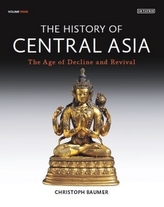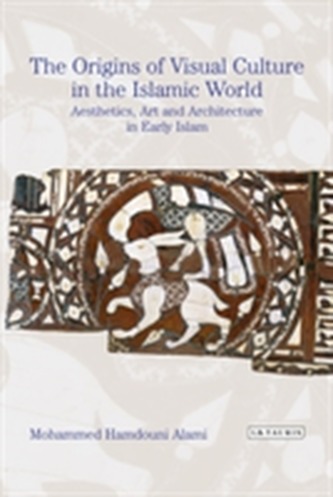The Origins of Visual Culture in the Islamic World
641 Kč
Sleva až 70% u třetiny knih
In tenth-century Iraq, a group of Arab intellectuals and scholars known as the Ikhwan al-Safa began to make their intellectual mark on the society around them. A mysterious organisation, the identities of its members have never been clear. But its contribution to the philosophy, art and culture of the era - and indeed subsequent ones - is evident. In the visual arts, for example, Hamdouni Alami argues that the theory of human proportions which the Ikwan al-Safa propounded (something very similar to those of da Vinci), helped shape the evolution of the philosophy of aesthetics, art and architecture in the tenth and eleventh centuries CE, in particular in Egypt under the Fatimid rulers. By examining the arts of the Fatimids, focusing on painting and architectural works such as the first Fatimid mosque in al-Mahdiyya, Tunisia, Hamdouni Alami offers analysis of the debates surrounding the ethics of the appreciation of Islamic art and architecture from a vital time in medieval Middle Eastern history, and shows their similarity with aesthetic debates of Italian Renaissance.
| Autor: | Hamdouni Alami, Mohammed |
| Nakladatel: | I.B.Tauris |
| Rok vydání: | 2018 |
| Jazyk : | Angličtina |
| Vazba: | Paperback / softback |
Mohlo by se vám také líbit..
-

Stairway to Heaven
Macnab, Geoffrey
-

The Passion
Keddie, Patrick
-

Fragile Nation, Shattered Land
Reilly, James
-

Let's Stay Together
MacShane, Denis
-

The History of Central Asia. Bd.4
Baumer, Christoph
-

The Unexpected Love Objects of Dunya ...
Haddad, Rana
-

Jane Austens England
Edwards, Anne-Marie
-

There and Back Again
Mark, Atherton
-

Islamic Monuments in Cairo
Williams, Caroline
-

Berlin Rules
Lever, Paul





